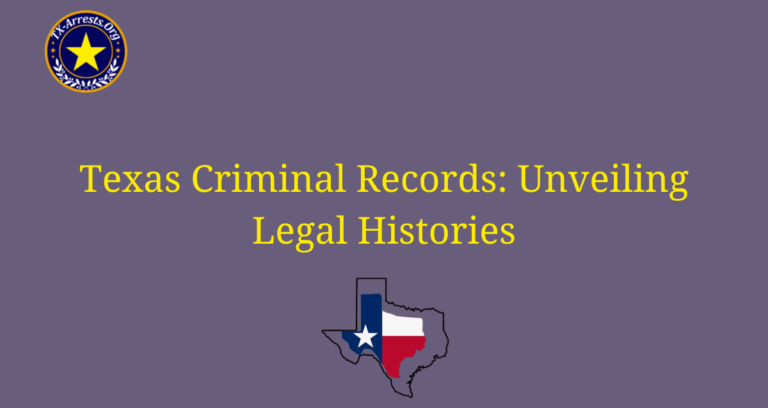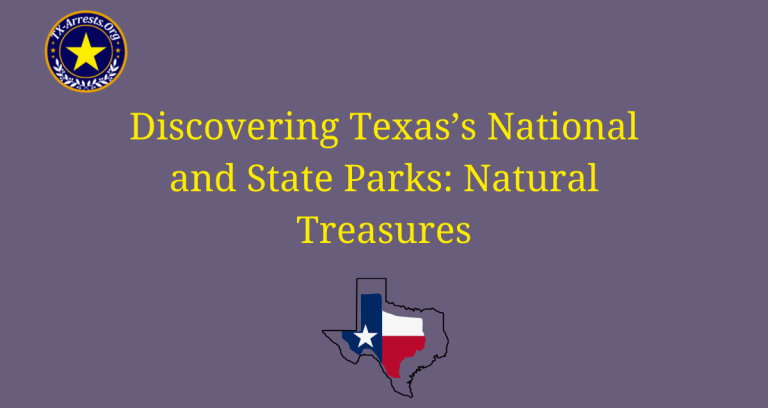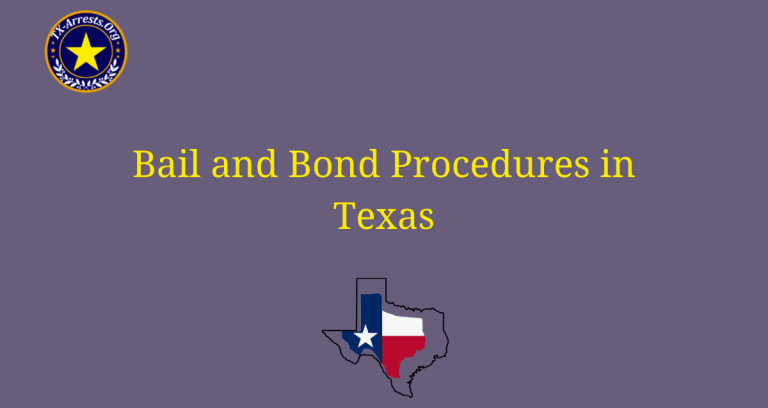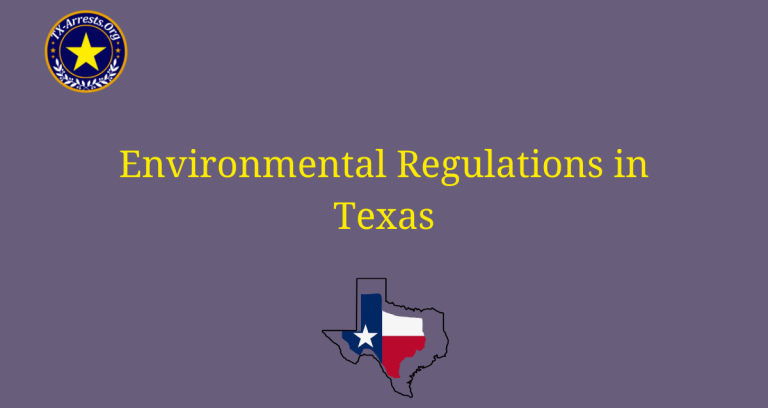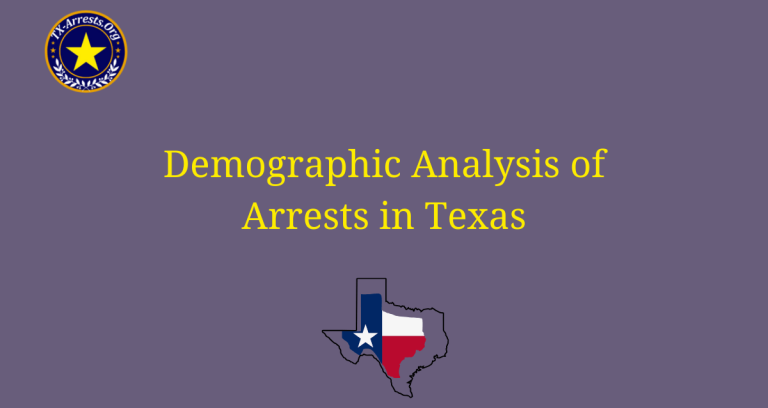Structure of Texas State Government: An Overview
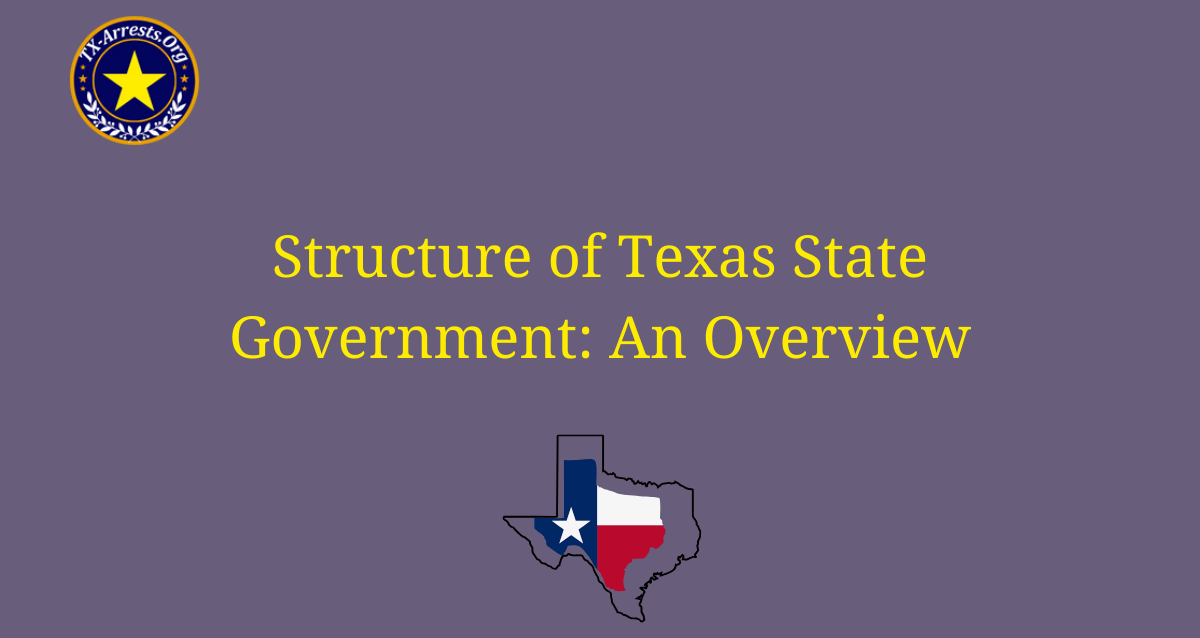
The structure of the Texas State Government is a complex system that is designed to ensure the effective functioning of the state. With three branches – the executive, legislative, and judicial – each with its own specific powers and responsibilities, the government works together to make decisions and enact laws that benefit its citizens.
The executive branch, headed by the governor, is responsible for implementing and enforcing laws. The governor, who is elected by the people, serves as the chief executive officer of the state and is responsible for making important decisions, such as appointing officials and approving or vetoing legislation. Additionally, the executive branch includes various departments and agencies that oversee different aspects of state government, such as education, transportation, and public safety.
Legislative Process: Crafting & Enacting Laws
The legislative branch of the Texas State Government is responsible for creating and passing laws that govern the state. It is composed of two chambers: the Senate and the House of Representatives. Each chamber is made up of elected officials who represent different districts within the state.
The Senate consists of 31 members, while the House of Representatives has 150 members. Both chambers work together to propose, debate, and vote on legislation. Bills must be approved by both chambers before they can be sent to the governor for final approval.
Judicial Oversight: Fairness & Justice
The judicial branch of the Texas State Government is responsible for interpreting and applying the laws of the state. It consists of various courts, including the Texas Supreme Court, the Court of Criminal Appeals, and several other appellate and trial courts.
The Texas Supreme Court is the highest court in the state and has the final authority on matters of civil law. The Court of Criminal Appeals, on the other hand, handles appeals in criminal cases. These courts ensure that justice is served and that the laws are upheld.
Executive Authority: Enforcing Legislation
The executive branch of the Texas State Government is headed by the governor, who is elected by the people. The governor serves as the chief executive officer of the state and is responsible for implementing and enforcing laws.
In addition to the governor, the executive branch includes various departments and agencies that oversee different aspects of state government. These departments and agencies are responsible for areas such as education, transportation, public safety, and more. Their role is to ensure the effective functioning of the state and to serve the needs of its citizens.
Appointments and Veto Power
As the chief executive officer, the governor has the power to appoint officials to various positions within the state government. This includes appointing individuals to key positions within the executive branch, as well as making appointments to boards and commissions.
The governor also has the power to approve or veto legislation passed by the legislative branch. This allows the governor to have a significant impact on the laws that are enacted in the state. Through this power, the governor can ensure that the laws are in line with the best interests of the citizens of Texas.
A Complex System for the Benefit of Citizens
The structure of the Texas State Government, with its three branches – the executive, legislative, and judicial – is designed to ensure the effective functioning of the state. Each branch has its own specific powers and responsibilities, but they work together to make decisions and enact laws that benefit the citizens of Texas.
By having separate branches with checks and balances, the Texas State Government aims to prevent the concentration of power and ensure that decisions are made in the best interests of the people. This complex system allows for a fair and democratic governance that serves the needs of the state and its citizens.
FAQs
How is Texas Government organized?
The Texas State Government is structured as a three-branch system, consisting of the executive, legislative, and judicial branches. Each branch has its own specific functions and powers.
What does Texas’s executive branch do?
The executive branch is responsible for implementing and enforcing laws. It is headed by the Governor of Texas who is elected by the citizens of the state. The governor appoints various officials to help in governing the state.
How Texas Legislature Works?
The legislative branch, known as the Texas Legislature, is responsible for making laws. It consists of the Texas Senate and the Texas House of Representatives. The members of both chambers are elected by the citizens of Texas.
What does Texas judiciary do?
The judicial branch in Texas is responsible for interpreting and applying the law. It consists of various courts, including the Texas Supreme Court, the Court of Criminal Appeals, and lower-level courts. Judges are appointed or elected depending on the level of the court.
How does Texas ensure checks?
The Texas State Government ensures checks and balances through the separation of powers among the three branches. Each branch has specific powers and responsibilities, and they act as checks on each other to prevent the concentration of power.
What does Texas government do?
The main functions of the Texas State Government include maintaining law and order, providing public services such as education, healthcare, and infrastructure, managing the state’s finances, and representing the interests of the citizens of Texas.

